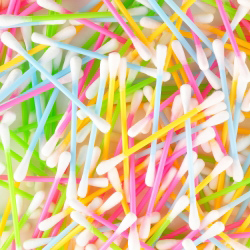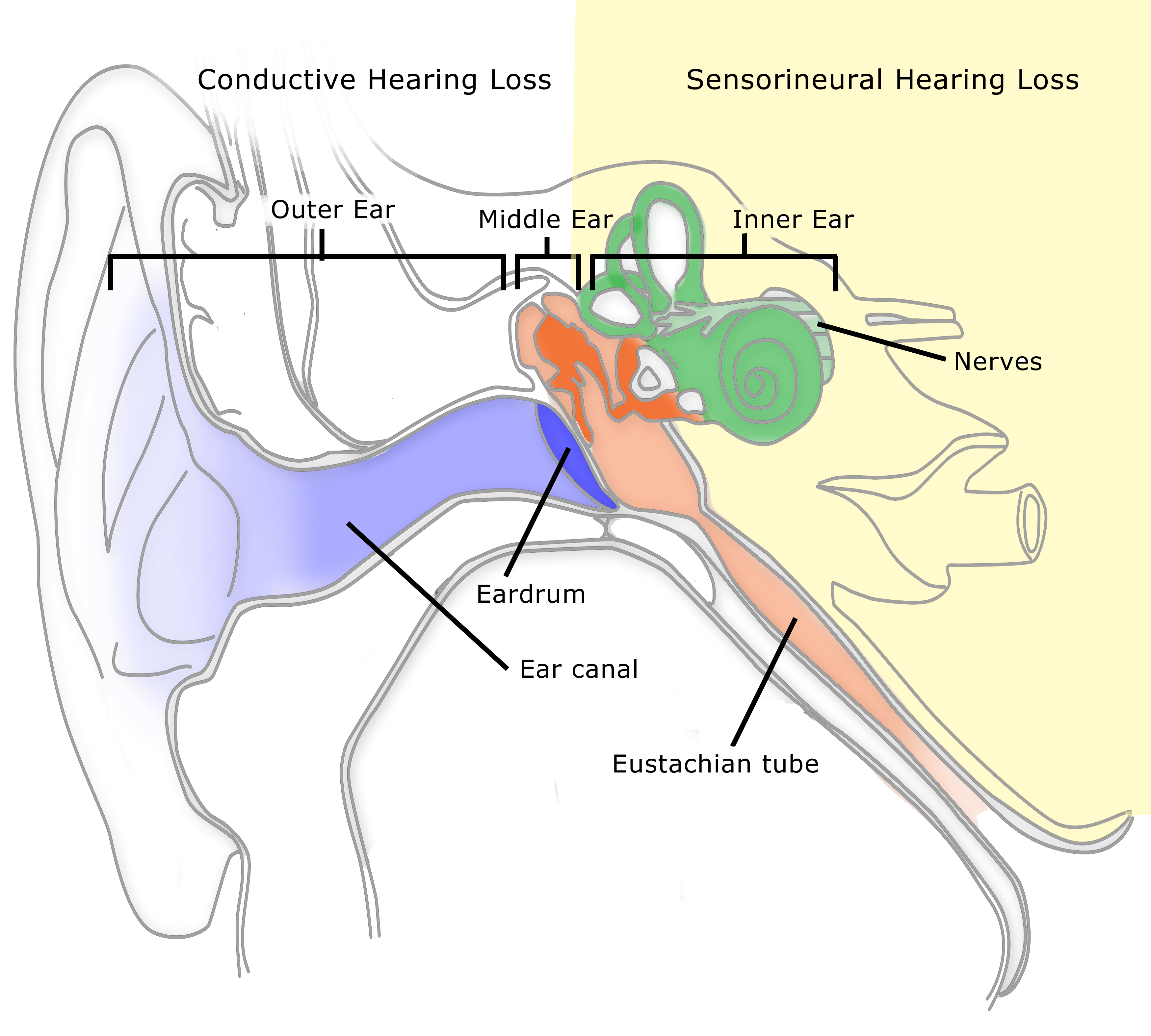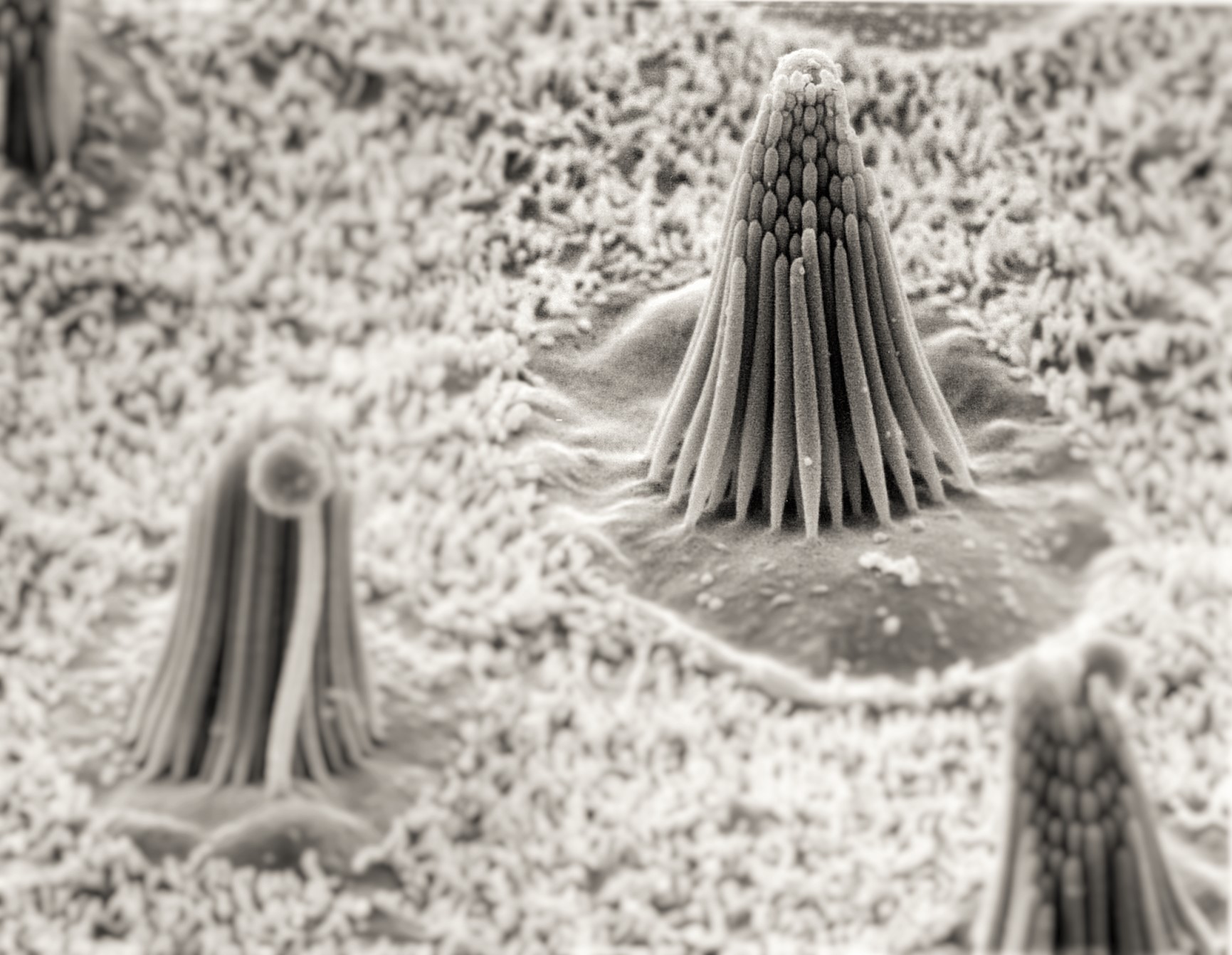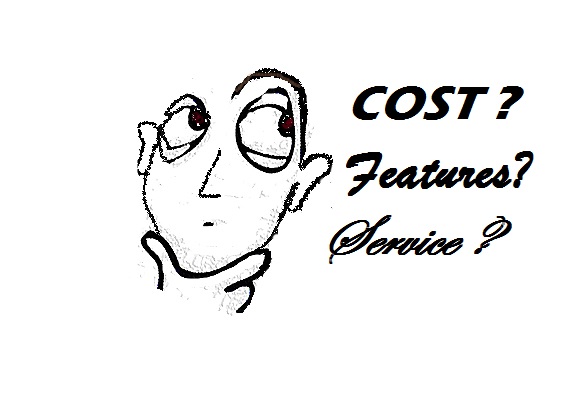Ear Wax Build-Up or Hearing Loss?
I’m frequently asked “can ear wax build-up be the cause of trouble hearing?” For some people who produce excessive earwax the answer is yes. Although earwax might seem annoying or disgusting, it actually has important jobs, such as protecting the ear drum from foreign materials and keeping the ear canal clean1. Excessive wax buildup can result in tinnitus (ringing in the ears), dizziness, external ear infection, chronic cough and mild hearing loss2. About 65% of people over the age of 65 have issues with excessive ear wax3.
If you have a history of excessive earwax, or think you might, you should see your doctor or an audiologist. Irrigation, suction, or a combination of methods may be used to remove excessive wax safely. Ear drops or spray may be used to soften and lubricate the wax, helping it gradually come out of the ear canal, or make it easier for a doctor or audiologist to remove. Objects like pens, keys, or (this may come as a surprise to many) cotton swabs should not be used to remove wax.
These objects don’t remove the wax; they shove it deeper into the ear canal!
*Hearing loss caused by excessive ear wax is a form of conductive hearing loss. The National Hearing Test is not designed to detect conductive hearing loss; it is primarily designed to detect hearing loss that occurs with age or as a result of exposure to intense noises.
Image by mrpuen, published on 06 July 2011 Stock Photo – image ID: 10048619
Learn More:
About the Test →
For Audiologists →
Read More Blog Posts →
References
2Lewis‐Cullinan, C., & Janken, J. K. (1990). Effect of cerumen removal on the hearing ability of geriatric patients. Journal of advanced nursing, 15(5), 594-600.
3Grossan, M. (1998). Cerumen removal–current challenges. Ear, nose, & throat journal, 77(7), 541-6.
Meador, J. A. (1995). Cerumen impaction in the elderly. Journal of Gerontological Nursing, 21(12), 43-45.
Roeser, R. J., & Ballachanda, B. B. (1997). Physiology, pathophysiology, and anthropology/epidemiology of human ear canal secretions. Journal of the American Academy of Audiology, 8(6).






















Leave a Reply